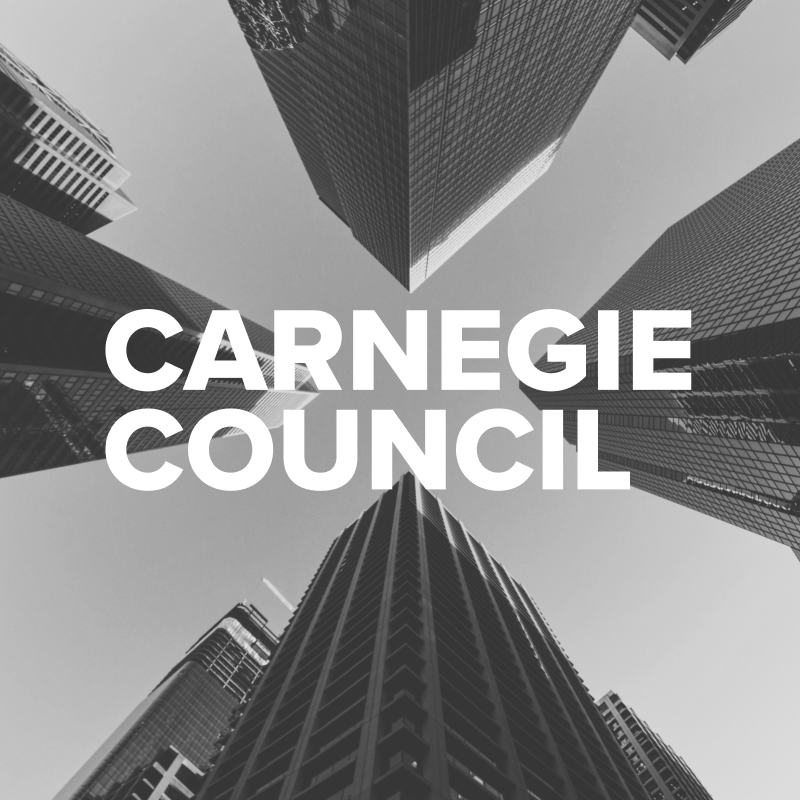Cinco años después de que se materializara el Acuerdo de París, Paul Watkinson habla con "C2GTalk" para ofrecer algunas reacciones personales, basadas en su larga experiencia en la acción por el clima, sobre lo que viene a continuación. ¿Cómo y cuándo empezamos a pensar en la gran escala de eliminación de dióxido de carbono que puede ser necesaria para cumplir el objetivo del Acuerdo de París de limitar el calentamiento muy por debajo de 1,5 °C en comparación con los niveles preindustriales? ¿Qué planteamientos multilaterales podría necesitar el mundo para regular la modificación de la radiación solar?
This interview was recorded on November 17, 2020 and is available with interpretation into 中文, Español, and Français.
Five years since the Paris Agreement came to fruition, Paul Watkinson talks to C2GTalk to provide some personal reactions, drawing on his long experience of climate action, about what comes next. How and when do we start thinking about the large-scale carbon dioxide removal that may be needed to meet the Paris Agreement goal of limiting warming to well below 1.5°C compared to pre-industrial levels? What multilateral approaches might the world need to govern solar radiation modification?
Paul Watkinson has more than 20 years of experience in multilateral negotiations and action on climate and sustainable development issues. He served for many years as chief negotiator of France on international climate change issues. In particular, he was a member of the steering committee of COP21, heading the climate negotiating team and contributing to the development of the Paris Agreement.
He was chair of the Subsidiary Body for Scientific and Technological Advice (SBSTA) of the UN Framework Convention on Climate Change (UNFCCC) for 2018 and 2019 and a member of the bureau of the COP for those two years. As such, he worked closely with the other presiding officers to put together the package of decisions adopted in Katowice in December 2018 that constitute the rulebook of the Paris Agreement as well as other decisions and conclusions to implement the Convention and the Kyoto Protocol. He worked closely with the Intergovernmental Panel on Climate Change to ensure that the best available science could be used by parties in their work under the UNFCCC and also ensure a closer cooperation in multilateral work to tackle climate change and biodiversity. From 2009 until 2013 he was one of the lead negotiators of the European Union in the multilateral climate negotiations.
For more, including an edited transcript, please go to C2G's website.





